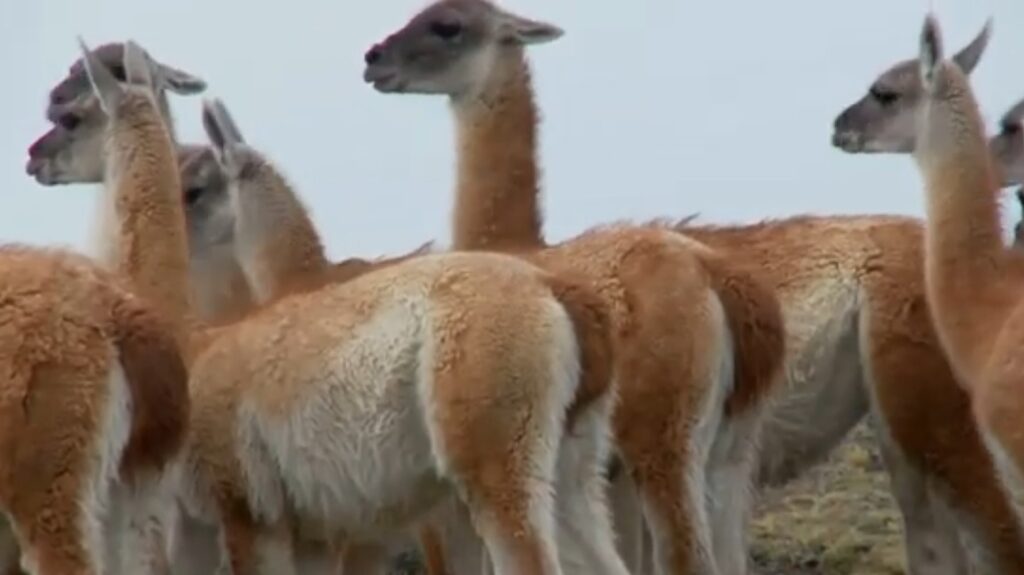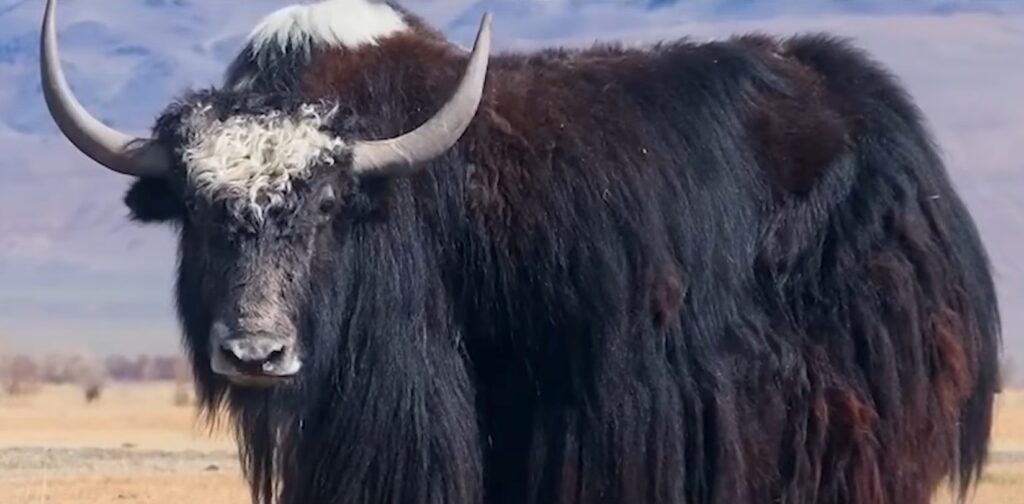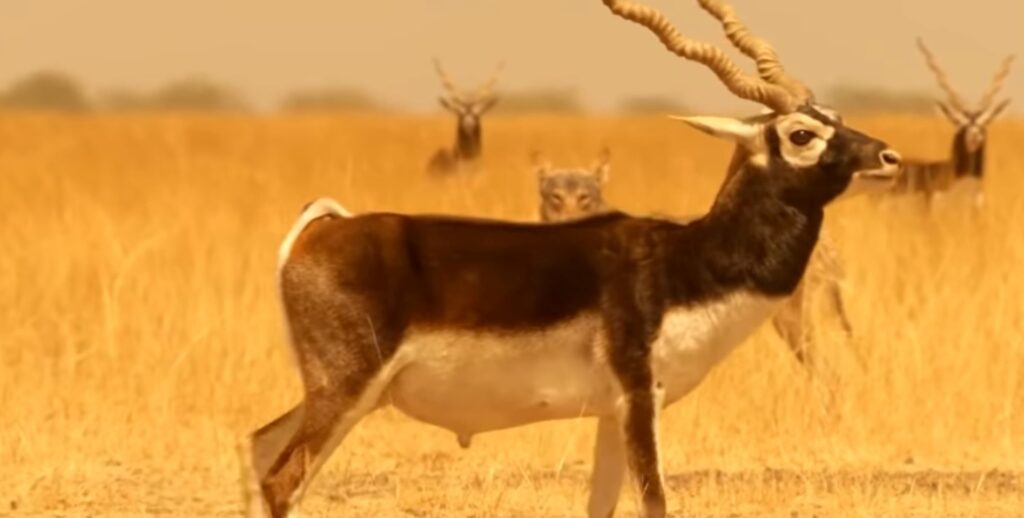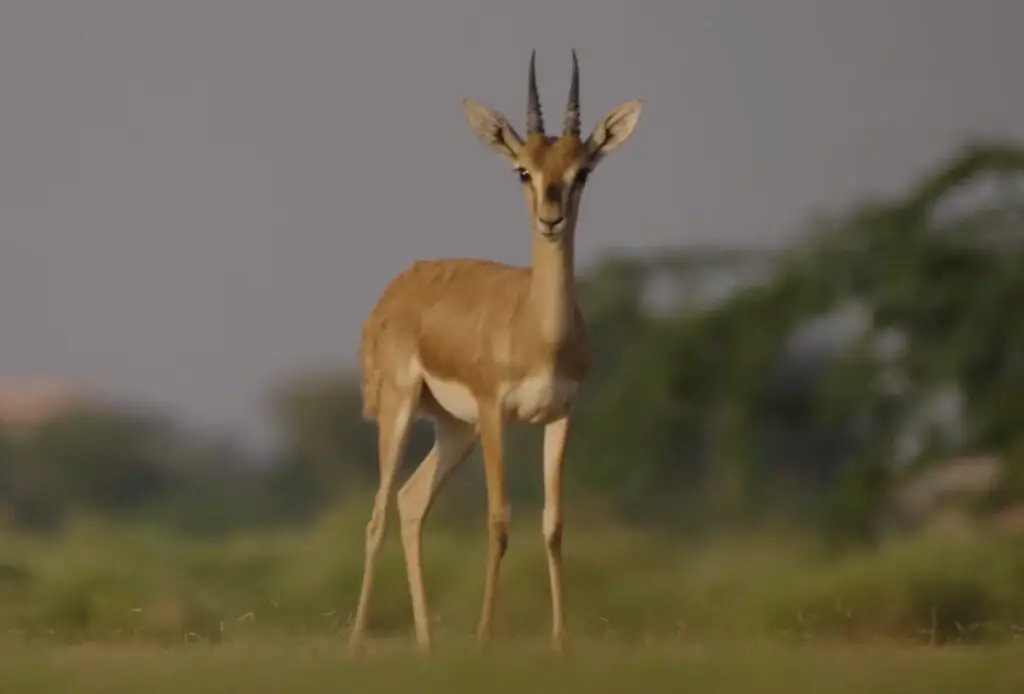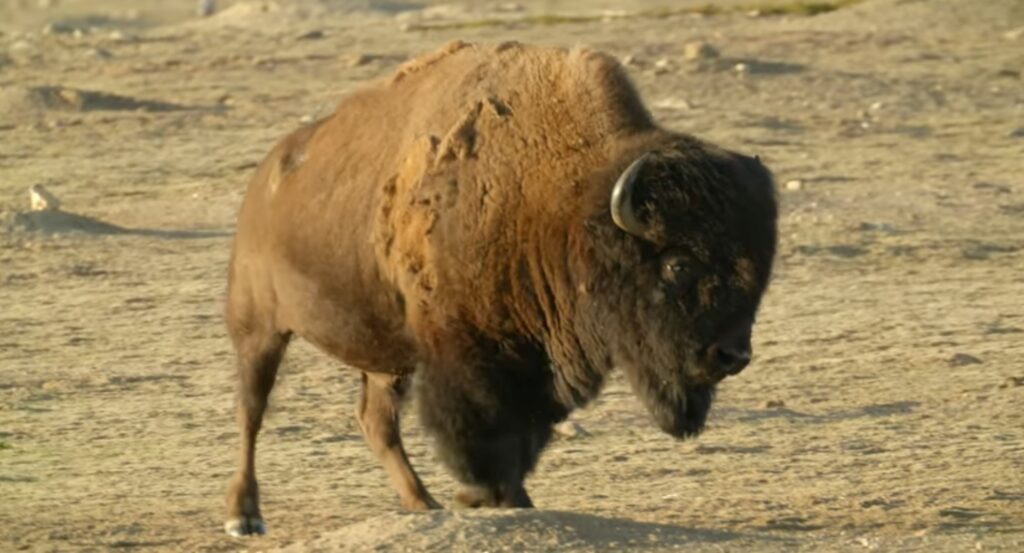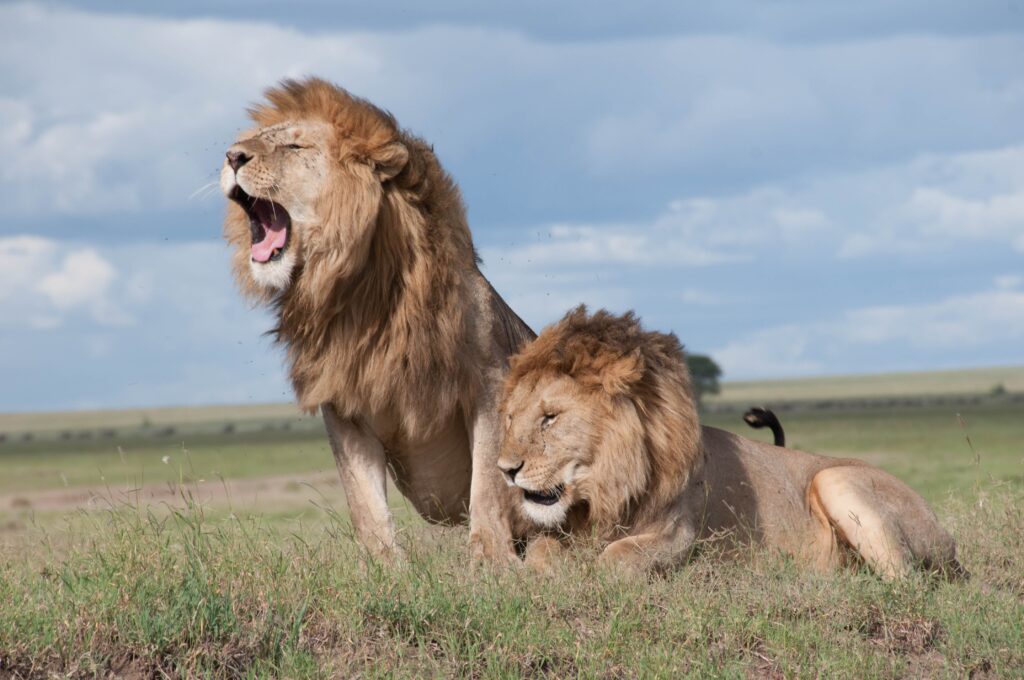In the vast landscapes of the South American steppes, a graceful and resilient creature roams freely, embodying the spirit of the untamed wilderness. Meet the Guanacos, a majestic Camelid that inhabits the open grasslands and rugged mountains of the region. In this article, we delve into the world of Guanacos, exploring their physical characteristics, social behavior, and ecological significance.
Physical Features of Guanacos:
Guanacos, closely related to llamas and alpacas, are medium-sized herbivores with slender bodies and long legs adapted for traversing diverse terrains. They typically stand around 1.2 to 1.5 meters (4 to 5 feet) at the shoulder, with males being slightly larger than females. Their coats feature a range of shades, including various hues of brown, and provide insulation against the harsh weather conditions of their habitat. They possess large, expressive eyes and long necks, adding to their elegant appearance.
Habitat and Distribution:
Guanacos are native to the South American continent, primarily found in the Andean regions of Argentina, Chile, Peru, and Bolivia. They are well adapted to the challenging environments of the high-altitude steppes, grasslands, and mountainous areas. These resilient animals thrive in harsh conditions, withstanding extreme temperatures, strong winds, and limited water sources. Their ability to traverse long distances and survive in rugged terrains makes them true nomads of the wilderness.
Social Structure and Behavior:
Guanacos are highly social animals that live in herds, typically consisting of females, their offspring, and a dominant male. The herds, known as harems, provide protection against predators and assist in finding food and water sources. Within the harem, the dominant male, or alpha male, ensures the safety and well-being of the group. Guanacos communicate using various vocalizations, body postures, and facial expressions, which help maintain social cohesion and transmit important information.
Feeding Habits:
As herbivores, guanacos primarily graze on a variety of grasses, shrubs, and low-lying vegetation. Their diets often adapt to the seasonal changes in their environment, enabling them to sustain themselves even in the harshest of conditions. Guanacos have a unique digestive system that allows them to extract nutrients from sparse and coarse vegetation, ensuring their survival in regions where other animals may struggle to find sustenance.
Ecological Significance:
Guanacos play a vital role in the ecosystems they inhabit. By selectively grazing on vegetation, they help maintain the balance of plant species and control the spread of certain plants. Their droppings contribute to nutrient cycling and seed dispersal, aiding in the regeneration and growth of plant life. Additionally, guanacos are prey for various predators, including pumas, foxes, and birds of prey, forming an essential part of the food chain in their habitats.
Conservation Efforts:
While Guanacos are not currently classified as an endangered species, their populations face threats due to habitat loss, competition with livestock, and illegal hunting. Efforts are underway in South American countries to protect their habitats, implement sustainable grazing practices, and enforce regulations against poaching. Conservation initiatives aim to ensure the long-term survival of Guanecos and preserve the rich biodiversity of their ecosystems.
Guanacos, with their grace, resilience, and nomadic nature, are iconic inhabitants of the South American steppes. Their ability to adapt to harsh environments, their social structures, and their ecological significance make them a fascinating species to study and appreciate. We strive to protect these remarkable creatures and the habitats they call home.

